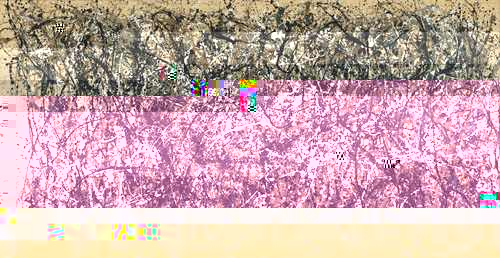- View full syllabus document here: PDF
WRTG 3007 Writing in the Visual Arts
Fall 2014
Instructor: Gary Hink, Ph.D
Program for Writing & Rhetoric | University of Colorado
Media Ecology

Overview
Writing in the Visual Arts is an upper division writing course designed to help studio art and art history majors become stronger and more skillful observers, thinkers, writers, readers and critics. Over the course of the semester, you will master a vocabulary and tone suitable for engaging in professional discourse about visual art, practicing through a variety of writing about visual art and art criticism: informal blog entries, analytic essay, curation and artist statements, critiques, and proposal. You will develop strategies for brainstorming ideas, collaborating, crafting insightful arguments, and composing through process (drafting, editing, revising). This involves critiquing your own work, the work of your classmates, and the work of professional writers and visual artists. Additionally, throughout the semester we will practice and develop an important skill of information literacy, researching art and disciplinary discourse using resources ranging from the CU library, studio and museum settings, and online/network platforms: examples and readings will often be selected individually and in groups, exploring areas of interest and applying knowledge from experience and major/field courses. Fundamentally, this course will have practical applications and theoretical inspiration for you as an informed artist.
Beyond this general objective of professionalization in your artistic discipline, we will further develop knowledge of—and academic writing about—aesthetic praxis with a focus on technology and media. This self-reflexive perspective should enhance both your understanding of visual art forms and practices as well as your writing proficiency concerning the field’s discourse, including the use of media in your composed work. Examining and discussing visual art forms including new genres enabled by digital technology, students will study and apply the multiple modes of composing and communicating in textual, visual, and multimedia forms: specifically, by studying the rhetorical and mediated aspects of art forms and audience interaction. While this course draws upon the analytical skills of Literacy, it also enhances students’ rhetorical perspectives and composing abilities using multiple modes—story, reference, expression, interactivity—in aesthetic authoring of multimedia works, including group Web curation and a personal artist website.
Overall, by applying and integrating insights from your art work and courses, we will generate key understanding by recognizing technological history and development related to art disciplines. This will be achieved by both observing and employing in composition the modes of the prevalent discourse—professional, scholarly, popular—emerging across Internet platforms and social exchange. What to make of this condition in “media ecology,” in theory and in practice as an artist in the age of “information overload”? Chiefly considering technology’s impact upon art: how are media and network developments changing aesthetics, process, and reception?
kathryngaskin.wordpress.com